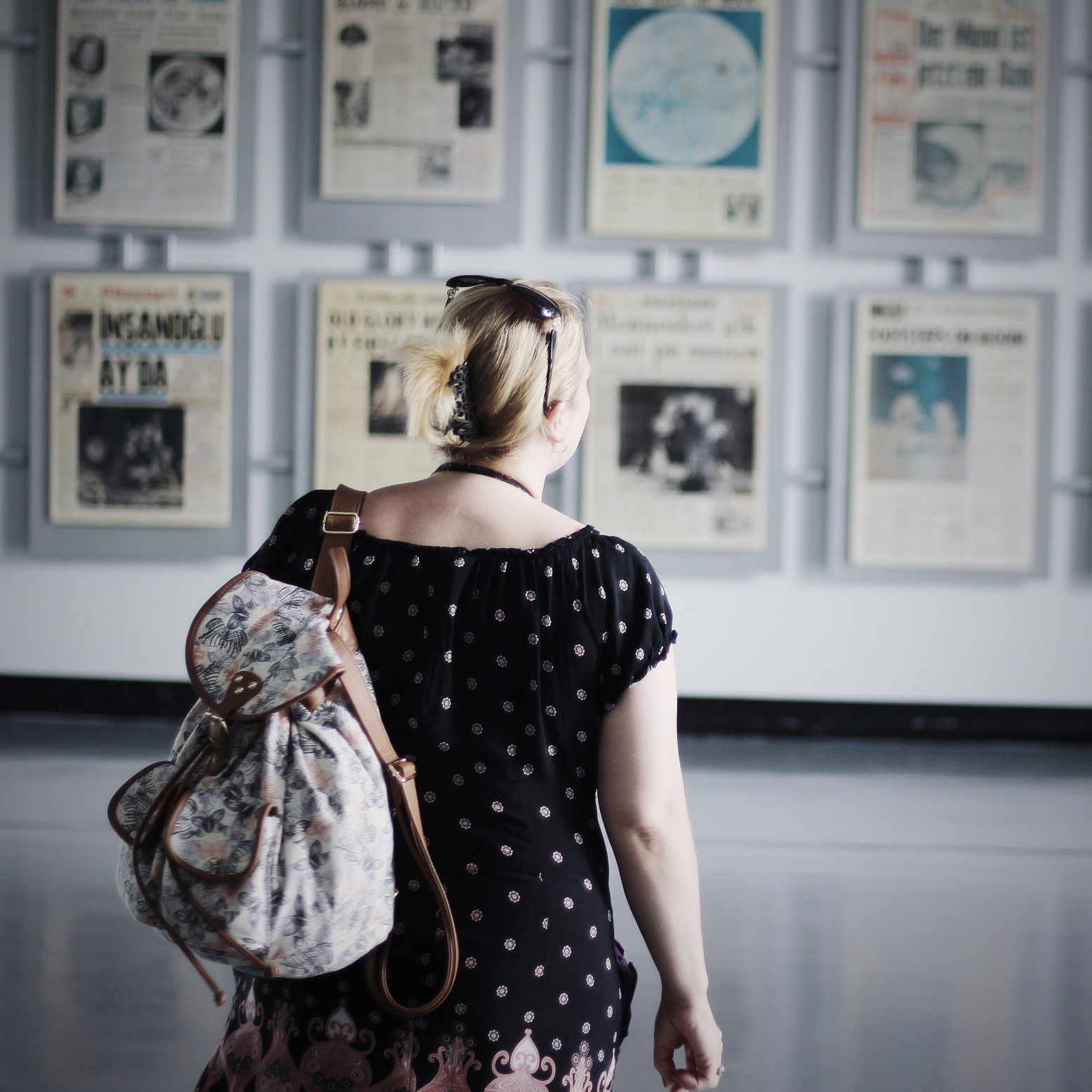Traveling art exhibitions present various unique challenges when it comes to creating accompanying materials that can maintain their quality across multiple places.
Whether you’re managing a local tour or an international collection, the physical printed materials have to be strong enough to be used multiple times and still look fresh and professional everywhere.
Why exhibition materials are important
An art collection on a tour needs more than just wall labels and brochures; similarly, tourist places like museums and galleries need a vast material package that includes large-format reproductions for interpretive panels. The challenge becomes more complex when the exhibition moves between different places with different setups.
Each of these locations may require different settings of the same piece, which means you must plan ahead for budget management and a timeline that matches.
Usually, traveling exhibitions show issues with the quality of material when changing from one place to another. This is why institutions need reliable printing partners who can deliver uniform quality regardless of order size or frequency.
Essential materials for touring exhibitions
When planning exhibition materials, there are several key components that must be kept in mind for touring shows.
There must be high-quality reproduction posters of key artworks. Museums need to know where to order large format banner printing services of high quality for each venue. Such materials have multiple use cases, from marketing to educational displays in areas where the original piece cannot be placed.
Wall texts and interpretive panels are another important aspect of travel exhibitions. These materials should be printed on high-quality, durable materials that can be used many times without wear. Many companies, like HelloPrint, provide excellent printing material that is perfect for touring exhibitions.
Practical tips for material planning
- Planning is highly important and must be done 3-4 months before the first venue opening. This pre-preparation will allow you to analyze the design, get proof approval, and start production without any hurry. Preparing a master inventory sheet is also highly efficient for tracking which materials go to which location, along with the written material quantity and any necessary changes.
- Many quality vendors, like HelloPrint, can handle multiple printing needs from a single platform, easing your work in the process. This means that at a single place, you can handle different materials, from banners to posters.
- For a critical time, you should include a buffer of 15-20% for your material quantities. At exhibitions, the last-minute rush is quite common and can require extra materials that have been damaged during travel. These extras should be kept at the central location of the exhibition so they can be used quickly when needed.
- Pre-plan your base templates so they can be easily customized for different setups, saving time and money. Materials like wall text need this approach for size adjustment according to different gallery configurations.
- While planning a tour, proper storage and logistics solutions are also highly important. Make sure you have tube containers and sturdy boxes made of good materials to protect your materials and deliver them in presentable conditions to your exhibition places.
